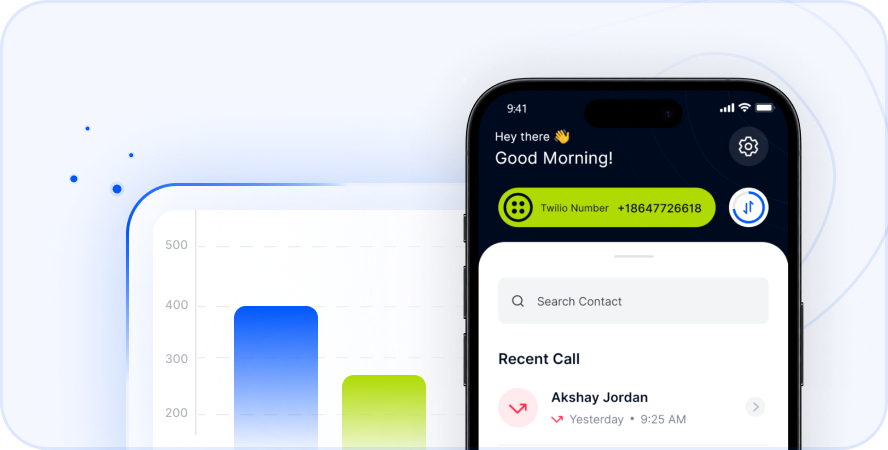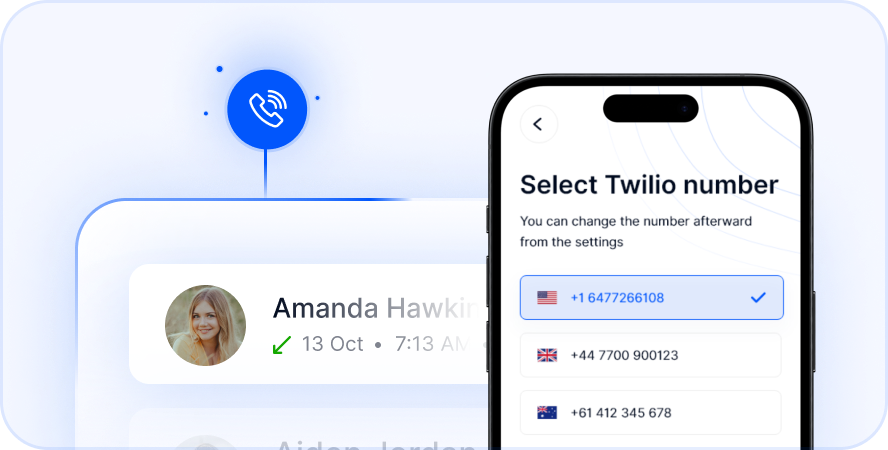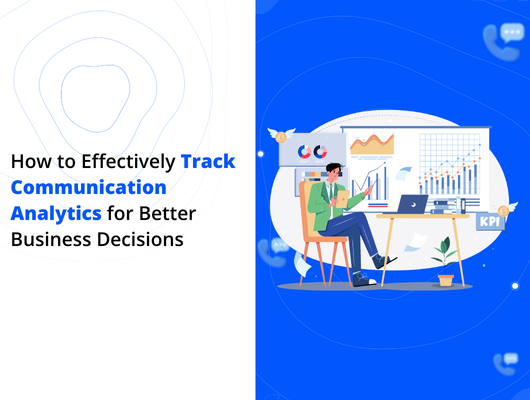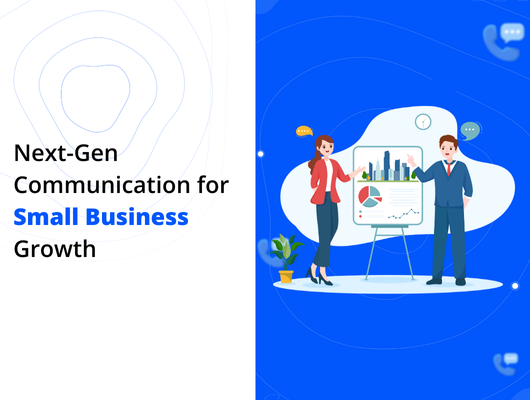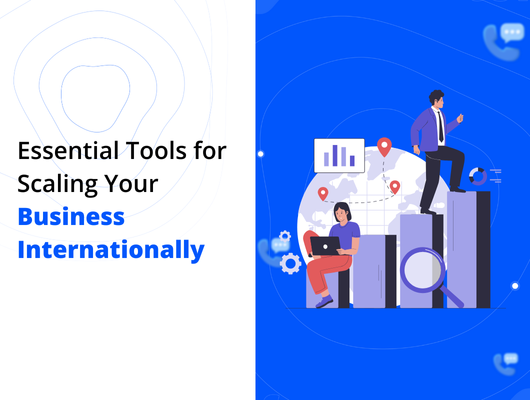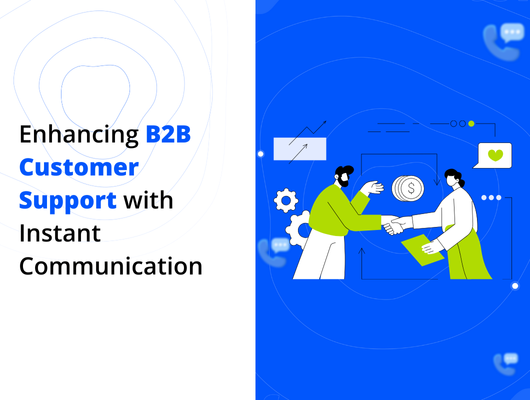
Effective communication forms the backbone of strong customer relationships for any business. In today’s fast-paced digital world, keeping your customers informed and connected is more crucial than ever. One highly efficient method for achieving this is through broadcast messaging. This powerful tool lets businesses send a single message to numerous recipients at once, ensuring timely and consistent updates for everyone.
Broadcast messaging offers remarkable versatility, applicable across diverse sectors such as real estate, call centers, HR, sales, and marketing. It’s a direct line to your audience. It streamlines the process of sharing vital information. As you build your communication strategy, understanding broadcast messaging is key to boosting customer engagement and supporting your business growth. For instance, effective customer communication can significantly impact retention rates, which is often more cost-effective than acquiring new customers, as highlighted by various industry reports.
What is Broadcast Messaging and Why Does it Matter for Business?
At its core, broadcast messaging is a communication technique where a single message is distributed simultaneously to a large group of individuals. Think of it as sending an announcement to your entire contact list at once, rather than messaging each person individually.
This method can utilize various channels, including SMS, email, and popular messaging apps like WhatsApp. Its primary purpose is to disseminate important information quickly and efficiently. Businesses use it to ensure a uniform message reaches their entire audience or specific segments of it. This ensures consistency and saves significant time compared to manual outreach. It’s a simple, fast, and effective approach essential for maintaining strong customer connections.
Why is this approach so vital for business success today?
- Instant and Wide Reach: Broadcast messaging cuts through the noise. It allows businesses to deliver messages directly to a large audience instantly.
- Consistency in Communication: Every recipient gets the exact same message, ensuring clarity and avoiding confusion or mixed signals.
- Efficiency and Time Saving: Automating message delivery frees up valuable time and resources that would otherwise be spent on individual communications.
- Foundation for Engagement: By keeping customers informed with relevant updates, businesses build trust and encourage interaction.
- Scalability: It allows businesses to communicate with tens or even thousands of customers as easily as they communicate with a few.
Broadcast messaging isn’t just a convenience; it’s a strategic component of a modern customer engagement plan.
Key Benefits: How Broadcast Messaging Enhances Customer Engagement
Leveraging broadcast messaging effectively can significantly transform how you connect with customers. It moves beyond simple notification to actively building relationships and driving desired actions. Here are some key ways it enhances customer engagement:
- Delivering Timely and Relevant Information:
Businesses can instantly share time-sensitive updates. This includes flash sales, emergency alerts, service disruptions, or appointment reminders. Customers appreciate receiving important information promptly. This timeliness demonstrates responsiveness and reliability, improving their overall experience.
- Fostering Brand Consistency and Trust:
Sending out consistent, branded messages helps reinforce your brand identity. It ensures your tone, voice, and key messages are uniform across all recipients. This builds a sense of professionalism and reliability. Consistent communication helps establish trust and makes your brand more recognizable and dependable in the eyes of your customers.
- Boosting Sales and Promotions:
Broadcast messages are ideal for announcing new products, special offers, discounts, or upcoming events. You can reach a large, interested audience directly. This direct line of communication can drive traffic to your website or physical store. It can also encourage immediate purchases or sign-ups for events.
- Improving Customer Support and Service:
Businesses can use broadcast messaging to send system updates, downtime notifications, or service availability changes. It can also be used for post-support follow-ups or to share helpful tips related to your product or service. Proactive communication reduces the need for customers to contact support with basic questions. This leads to fewer support tickets and higher customer satisfaction.
- Gathering Feedback and Insights:
Broadcasting simple polls or links to surveys allows businesses to quickly collect customer feedback. This shows customers that their opinions matter. It provides valuable data for improving products, services, or overall customer experience. This direct feedback loop is crucial for continuous improvement.
- Increasing Loyalty and Retention:
Regular, valuable communication makes customers feel valued and connected. Sending exclusive offers to loyal customers, birthday messages, or personalized updates reinforces their relationship with your brand. Engaged customers are more likely to remain loyal, reducing churn. This makes broadcast messaging a powerful tool for long-term customer retention strategies.
Broadcast messaging is not a one-size-fits-all tool; its power comes from its strategic application across various business needs and industries.
Making Your Broadcast Messages Deliver: Best Practices
Simply sending out messages isn’t enough to guarantee engagement. To maximize the impact of your broadcast messaging efforts, you need a clear strategy and adherence to best practices. Focusing on relevance, clarity, and timing is crucial for success.
- Know Your Audience and Segment:
Not all messages are relevant to every customer. Dividing your audience into smaller groups based on shared characteristics is essential. This could include demographics, purchase history, interests, or location. Segmenting allows you to send highly targeted messages. Relevant messages are much more likely to be opened, read, and acted upon than generic ones.
- Craft Clear, Concise, and Actionable Messages:
Get straight to the point. Use simple, direct language that is easy for anyone to understand. Avoid jargon or overly complex sentence structures. Your message should clearly state its purpose. Importantly, include a strong call to action (CTA). Tell recipients exactly what you want them to do, whether it’s “Shop Now,” “Learn More,” “RSVP Here,” or “Visit Website.”
- Choose the Right Timing and Frequency:
Timing dramatically impacts message effectiveness. Consider your audience’s time zones and typical daily routines. Sending promotional messages during peak engagement hours or informational updates when they are most relevant ensures higher visibility. Also, be mindful of frequency. Sending too many messages can overwhelm recipients and lead to opt-outs. Find a balance that keeps you top-of-mind without being intrusive.
- Personalize When Possible:
Even in a broadcast, a touch of personalization makes a difference. Using the recipient’s name can instantly make the message feel more individual. Leveraging customer data to reference past interactions or preferences can further enhance relevance. Personalized messages tend to have higher engagement rates than generic blasts.
- Include an Easy Opt-Out Option:
Providing a clear and simple way for recipients to unsubscribe is legally required in many places and builds trust. Respecting a customer’s preference not to receive messages is vital for maintaining a positive brand image. It ensures that the audience you do reach genuinely wants to hear from you.
- Measure, Analyze, and Optimize:
Track the performance of your broadcast messages. Monitor metrics like delivery rates, open rates, click-through rates (if applicable), and conversion rates. Analyze which messages performed best and try to understand why. Use this data to refine your strategy. Experiment with different message types, CTAs, timings, and segments to continuously improve your results.
Implementing these practices turns broadcast messaging from a simple sending mechanism into a powerful engagement strategy.
Leveraging a Reliable Tool: Broadcast Messaging with Telfon
To implement an effective broadcast messaging strategy, relying on a robust and user-friendly platform is key. Tools designed specifically for business communication simplify the process and offer necessary features for scale and management. A solution like Telfon, a virtual phone calling app, can serve as a central hub for your broadcast messaging needs.
Using a platform like Telfon for broadcasting streamlines your efforts in several ways:
- Unified Communication Channels: Instead of managing separate tools for SMS, WhatsApp, and email, a platform that integrates these channels saves time and simplifies workflows. You can reach customers on their preferred method from a single interface. This ensures consistency and efficiency across your communication efforts.
- Simplified Contact Management: Effective broadcast messaging requires organized contact lists and the ability to segment audiences easily. A good tool provides features for importing contacts, creating groups, and managing opt-ins/opt-outs effortlessly. This is fundamental for sending targeted messages.
- Support for Scale and Reach: As your business grows, your communication needs will too. A reliable platform can handle large message volumes without performance issues. For businesses with an international reach, features like virtual phone numbers become essential. This allows you to communicate with customers in different countries using local-seeming numbers, enhancing delivery and trust.
- Ease of Use: The complexity of sending mass messages shouldn’t be a barrier. A platform with an intuitive interface allows you to quickly compose, schedule, and send broadcasts. This means less time spent on technical tasks and more time focusing on your message strategy and content.
- Integrated Reporting (often available in business plans): While basic platforms just send messages, more comprehensive tools offer analytics. Tracking delivery rates, read receipts, or even responses helps you understand message performance. This data is invaluable for refining your strategy and proving ROI.
A tool like Telfon makes it practical to apply the best practices of broadcast messaging. It provides the technical infrastructure needed to send messages reliably, manage your audience, and integrate different communication methods into one cohesive strategy. This empowers businesses to connect with customers efficiently and effectively, whether they are managing a small local list or a large international database.
Frequently Asked Questions About Broadcast Messaging
Navigating broadcast messaging involves understanding not just how it works, but how to use it responsibly and effectively. Here are answers to some common questions:
Q1: What is the difference between broadcast messaging and group messaging?
A: In group messaging, everyone in the group can see each other’s responses and participate in a conversation. In broadcast messaging, the message is sent individually to each recipient on the list. Recipients cannot see who else received the message, and their replies only go back to the sender. Broadcast is ideal for announcements, while group messaging is for collaborative discussions.
Q2: Is broadcast messaging legal?
A: Yes, but it must be done responsibly and legally, particularly concerning consent. You must obtain explicit consent from individuals before sending them marketing or promotional broadcast messages. Regulations like GDPR (in Europe) and TCPA (in the US) have strict rules about opt-in requirements and providing an easy way for recipients to opt-out or unsubscribe from your communications.
Q3: What types of messages are best suited for broadcast messaging?
A: Broadcast messaging is excellent for sending:
- Announcements (new products, store openings)
- Promotions and offers (sales, discounts)
- Informational updates (service alerts, changes in policy)
- Event invitations and reminders
- Time-sensitive alerts (emergencies, deadlines)
- Appointment or booking confirmations/reminders
Q4: How often should I send broadcast messages?
A: The ideal frequency varies depending on your industry, audience, and the type of messages you send. Too frequent messaging can annoy recipients, while too infrequent messaging might make them forget about your brand. Start with a moderate frequency (e.g., weekly or bi-weekly for promotions, as needed for updates) and monitor engagement rates. Adjust based on what resonates best with your audience and doesn’t lead to high unsubscribe rates.
Q5: Can broadcast messages be personalized?
A: Yes, many broadcast platforms allow for basic personalization, such as automatically inserting the recipient’s name into the message. More advanced platforms may enable personalization based on recipient data (e.g., past purchases, location). While it’s a mass message, adding personal touches can significantly improve engagement.
Conclusion
Broadcast messaging stands out as an indispensable tool for businesses aiming to elevate their customer engagement strategies. Its ability to deliver consistent, timely, and relevant messages to a broad audience instantly makes it incredibly powerful. Businesses can effectively inform customers, promote offers, provide support updates, and ultimately foster stronger loyalty and retention.
By adopting best practices like audience segmentation, crafting clear calls to action, and respecting timing and frequency, businesses can ensure their broadcast messages resonate and drive desired outcomes. Utilizing a reliable platform like Telfon simplifies the execution of these strategies. It offers the necessary features for multi-channel communication, contact management, and scalability. Embracing broadcast messaging allows you to maintain a direct, efficient, and engaging connection with your customer base, paving the way for improved relationships and business growth.
Ready to enhance your customer communication and engagement? Explore how integrating broadcast messaging into your strategy can make a difference.


